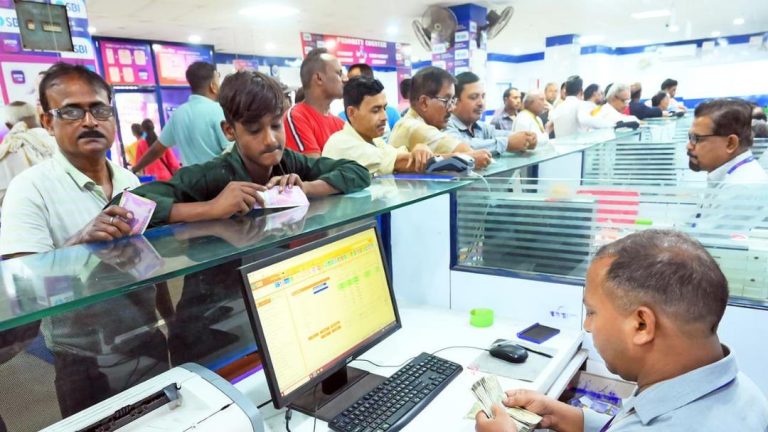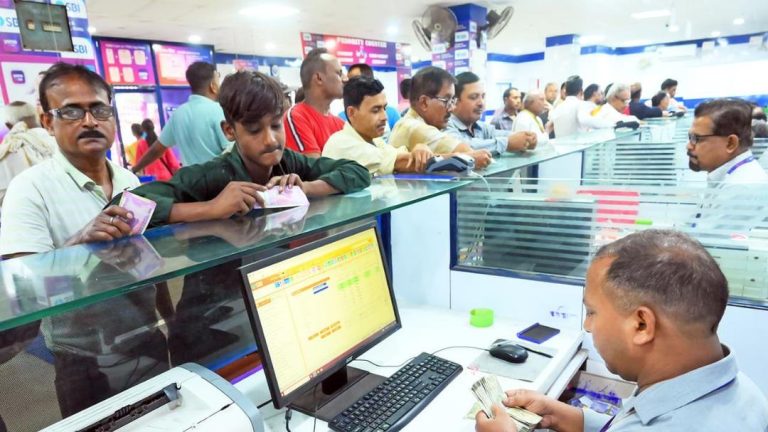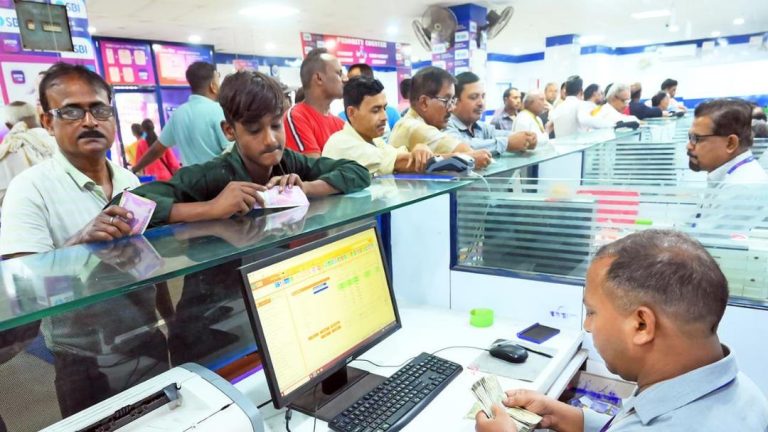
Can Digital Banking Reach 500 Million in India?
India’s fintech sector has witnessed a remarkable transformation in recent years, with over 500 million smartphone users relying on digital banking every day. The digital banking landscape has evolved significantly, with embedded finance, AI-led fraud protection, and hyper-personalised services making banking seamless and accessible to a vast majority of the population. Digital banks now offer a wide range of financial services, including credit, savings, insurance, and investments, in just a few taps, thereby opening up financial inclusion to both rural and urban markets.
The rise of digital banking in India can be attributed to several factors. One of the primary drivers is the country’s massive youth population, which is tech-savvy and comfortable with using digital channels for various transactions. Additionally, the government’s initiatives to promote digital payments, such as the BHIM (Bharat Interface for Money) app, have also contributed to the growth of digital banking. Furthermore, the increasing adoption of digital payments among small and medium-sized enterprises (SMEs) has also played a crucial role in the expansion of digital banking.
The Indian fintech sector is also witnessing a surge in innovation, with new digital banks and financial institutions emerging to cater to the growing demand for digital banking services. For instance, digital-only banks like Paytm Payments Bank and Airtel Payments Bank have gained significant traction, offering services such as current accounts, savings accounts, and credit facilities. Similarly, fintech startups like PhonePe and Mobikwik have also expanded their services to offer digital banking solutions to their customers.
The Indian government has also taken several measures to promote digital banking and financial inclusion. For instance, the Reserve Bank of India (RBI) has issued guidelines for the issuance of digital bank licenses, which has led to the launch of new digital banks in the country. The RBI has also introduced measures to promote digital payments, such as the introduction of Unified Payments Interface (UPI) and the promotion of cashless transactions.
One of the key challenges facing the digital banking industry in India is the need to ensure the security and integrity of digital transactions. The industry is constantly battling cyber threats and fraud, which can erode trust in digital banking services. To address this challenge, digital banks are investing heavily in AI-led fraud protection and encryption technologies to ensure the security and confidentiality of customer data.
Another key challenge facing the digital banking industry in India is the need to expand financial inclusion to rural and semi-urban areas. While digital banking has made significant inroads in urban areas, there is still a need to reach out to rural and semi-urban areas, where access to digital banking services is limited. To address this challenge, digital banks are exploring innovative solutions, such as mobile wallets and agent banking, to reach out to these areas.
In conclusion, digital banking has the potential to reach 500 million users in India, given the growing demand for digital banking services and the increasing adoption of digital payments. While there are several challenges facing the digital banking industry in India, including security and financial inclusion, the industry is well-positioned to overcome these challenges and reach a wider audience.
About the Author
The author is a content writer at Growth Jockey, a leading provider of digital banking solutions. With a background in finance and technology, the author has a deep understanding of the digital banking landscape in India and the key challenges and opportunities facing the industry.
Sources
Growth Jockey. (2022). Digital Banking Solutions. Retrieved from https://www.growthjockey.com/blogs/digital-banking-solutions
This blog post is based on the article ‘Can digital banking reach 500 million in India?’ published on Growth Jockey’s blog.






